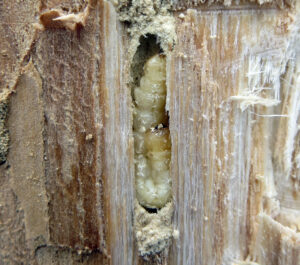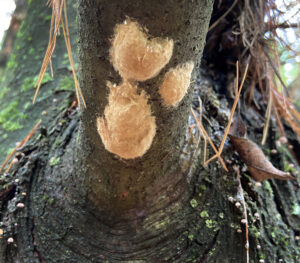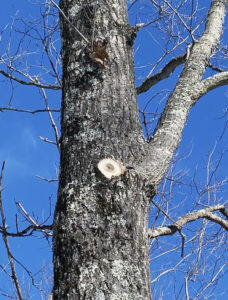
Pruning, cutting, or wounding oaks during April through July leaves them vulnerable to oak wilt. / Photo Credit: Paul Cigan, Wisconsin DNR
By Paul Cigan, DNR Forest Health Specialist
Paul.Cigan@wisconsin.gov or 715-416-4920
With warmer spring weather fast approaching, the Wisconsin Department of Natural Resources (DNR) recommends protecting oaks from the often-fatal disease, oak wilt, by refraining from pruning, cutting or injuring oak trees from April through July.
Oak wilt is a serious disease that kills trees in the red oak group (including pin oak, northern red oak and black oak) and weakens those in the white oak group (bur oak, swamp white oak, white oak and English oak).
Continue reading “Spring Brings Opportunities To Protect Oak Trees”

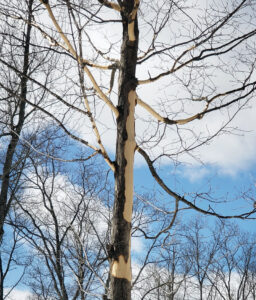
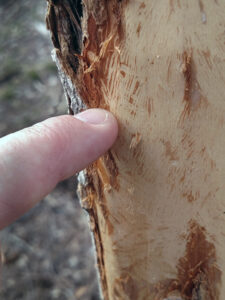
 Wisconsin winters with subzero weather can create problems for our trees. Frost cracks are one of those problems we’re seeing an uptick of lately. These longitudinal openings can run the entire length of the trunk, often extend deep into the wood, and permanently damage a tree. In wintertime, the tree may even look like it’s splitting in half! Then warmer weather comes, and the crack seems to close, repeating this process annually. Over time, frost cracks may even develop a raised area where callus tissue develops in an attempt to close over the wound, only to reopen again next winter.
Wisconsin winters with subzero weather can create problems for our trees. Frost cracks are one of those problems we’re seeing an uptick of lately. These longitudinal openings can run the entire length of the trunk, often extend deep into the wood, and permanently damage a tree. In wintertime, the tree may even look like it’s splitting in half! Then warmer weather comes, and the crack seems to close, repeating this process annually. Over time, frost cracks may even develop a raised area where callus tissue develops in an attempt to close over the wound, only to reopen again next winter. 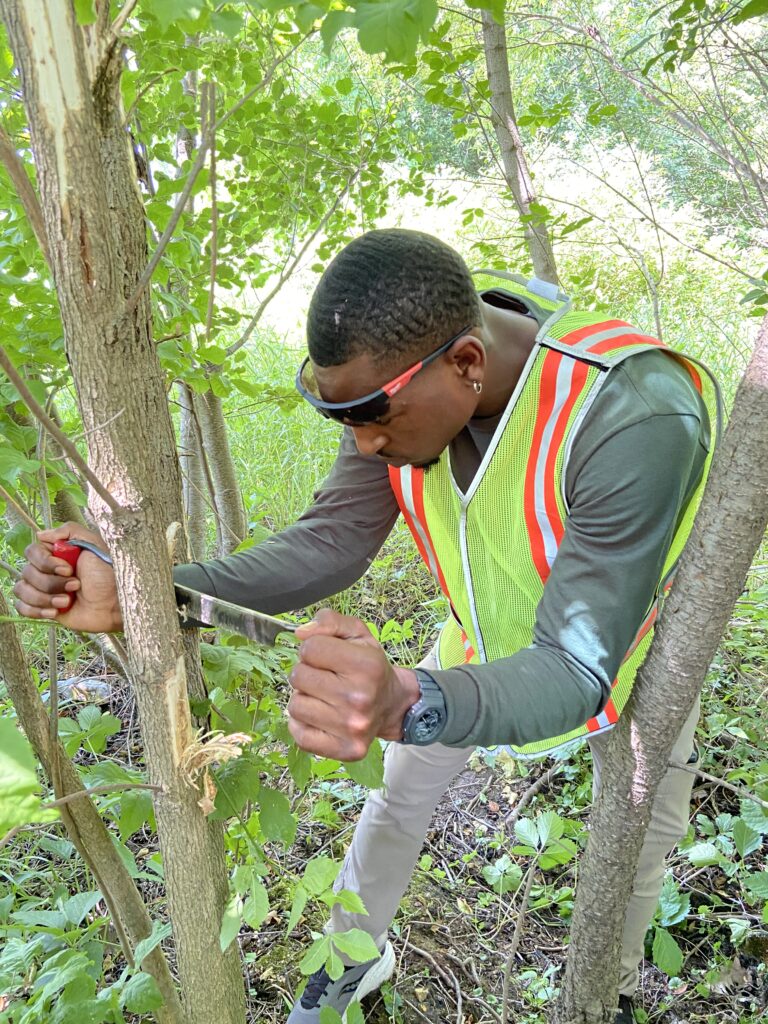 Have a job opening you need to get the word out about before the busy field season ramps up?
Have a job opening you need to get the word out about before the busy field season ramps up?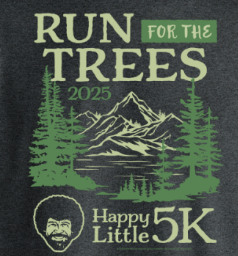 Now is the time to sign up for Run for the Trees: Happy Little (Virtual) 5K! Run, walk or roll to support tree planting and forest protection efforts in state parks. The program was started in 2019 when Bob Ross Inc. partnered with the Michigan Department of Natural Resources to raise awareness of and money for tree planting and has since expanded to 13 states.
Now is the time to sign up for Run for the Trees: Happy Little (Virtual) 5K! Run, walk or roll to support tree planting and forest protection efforts in state parks. The program was started in 2019 when Bob Ross Inc. partnered with the Michigan Department of Natural Resources to raise awareness of and money for tree planting and has since expanded to 13 states. 
